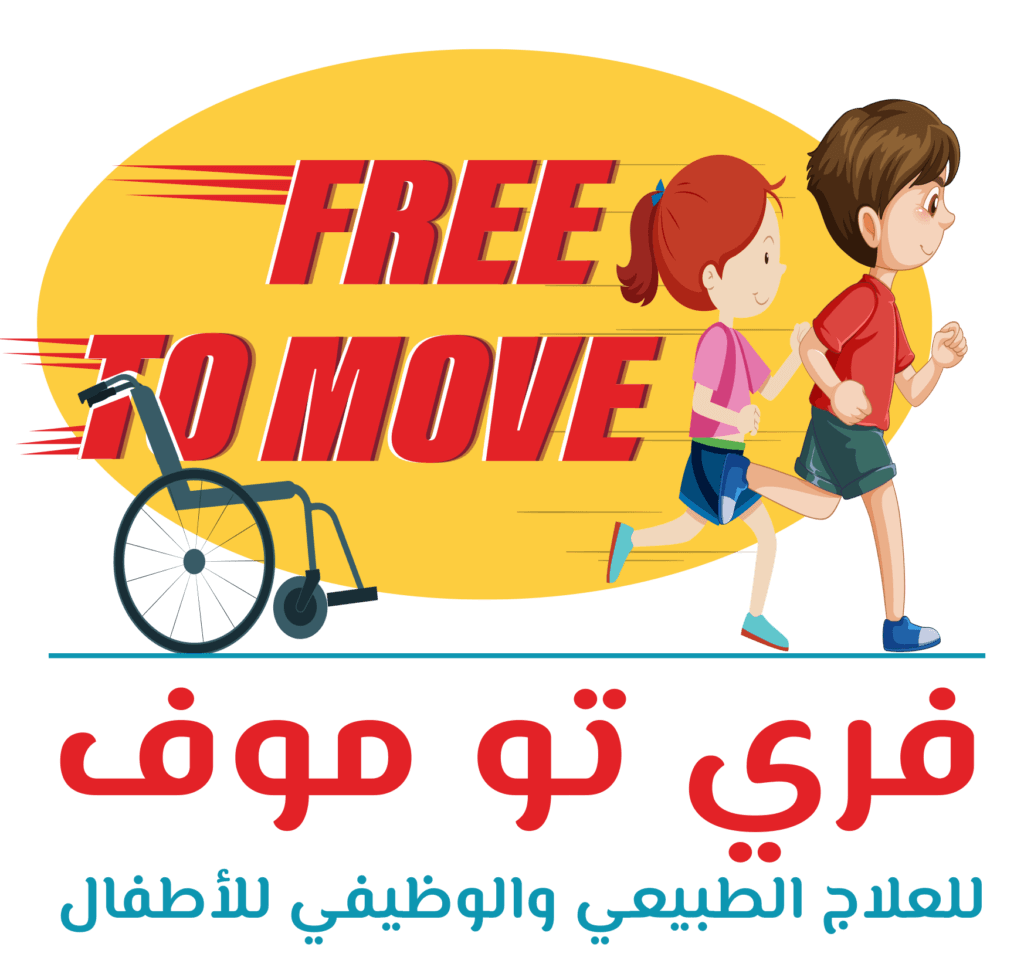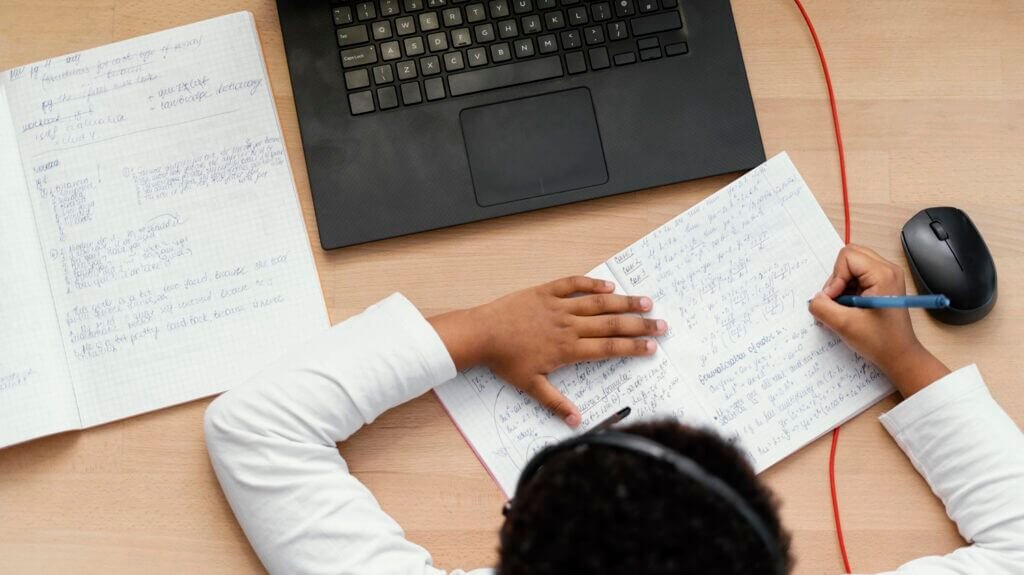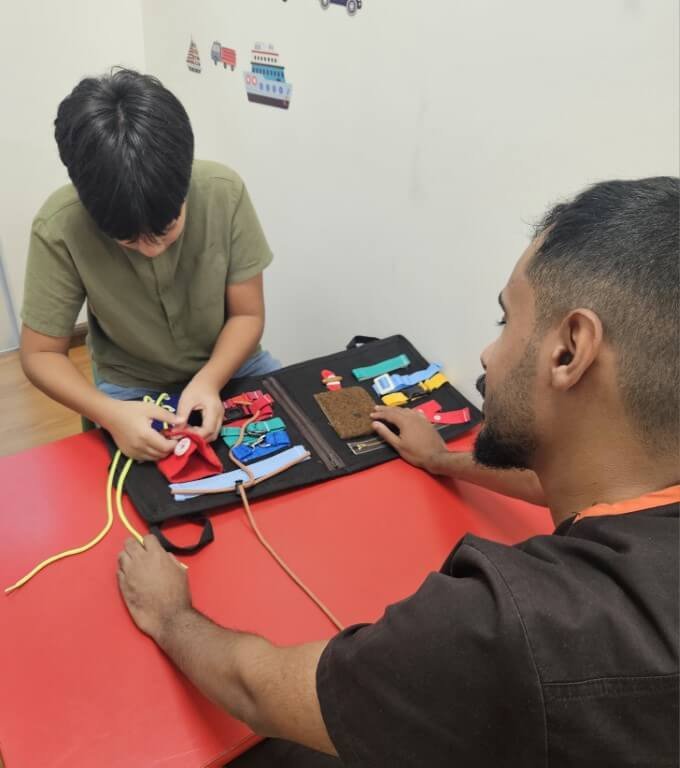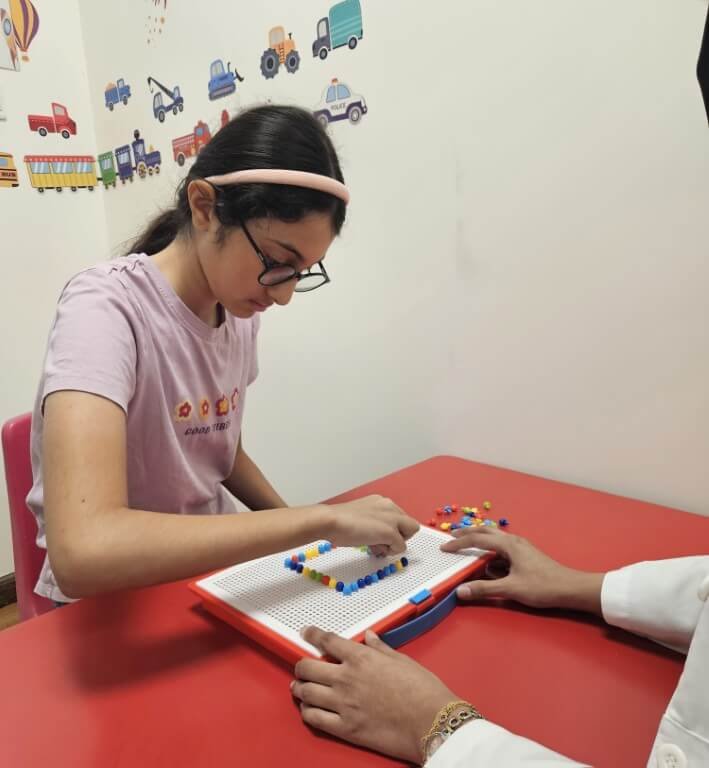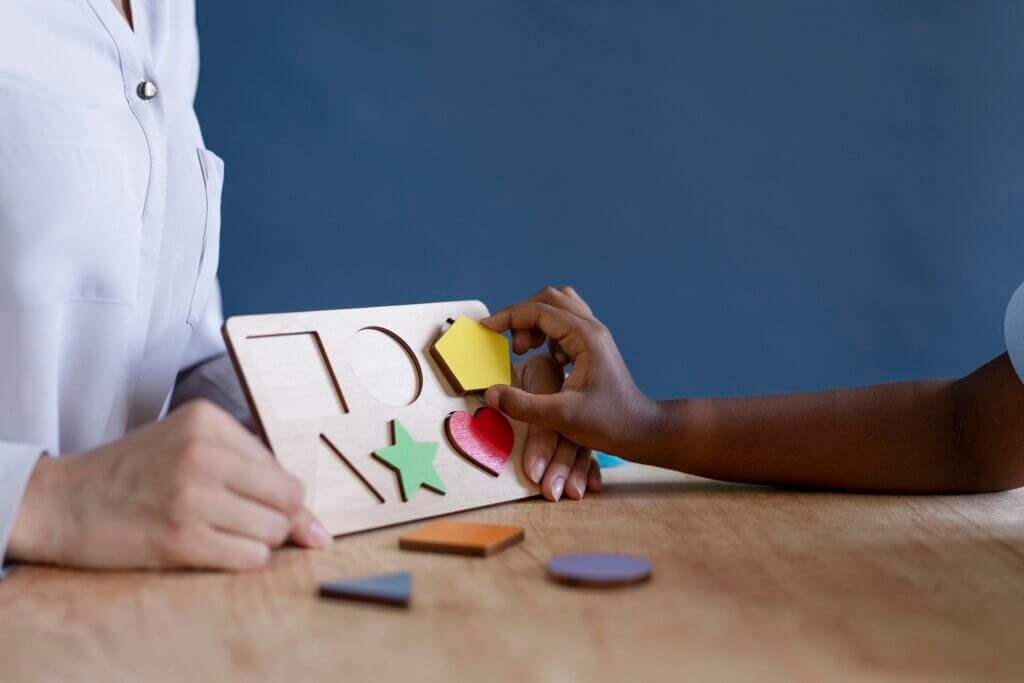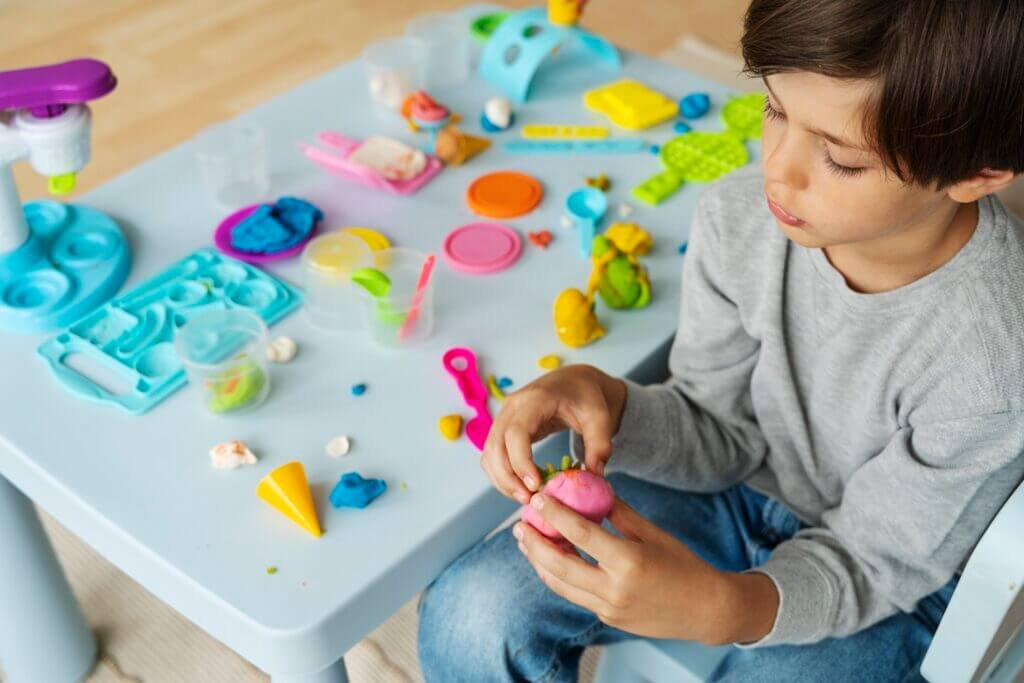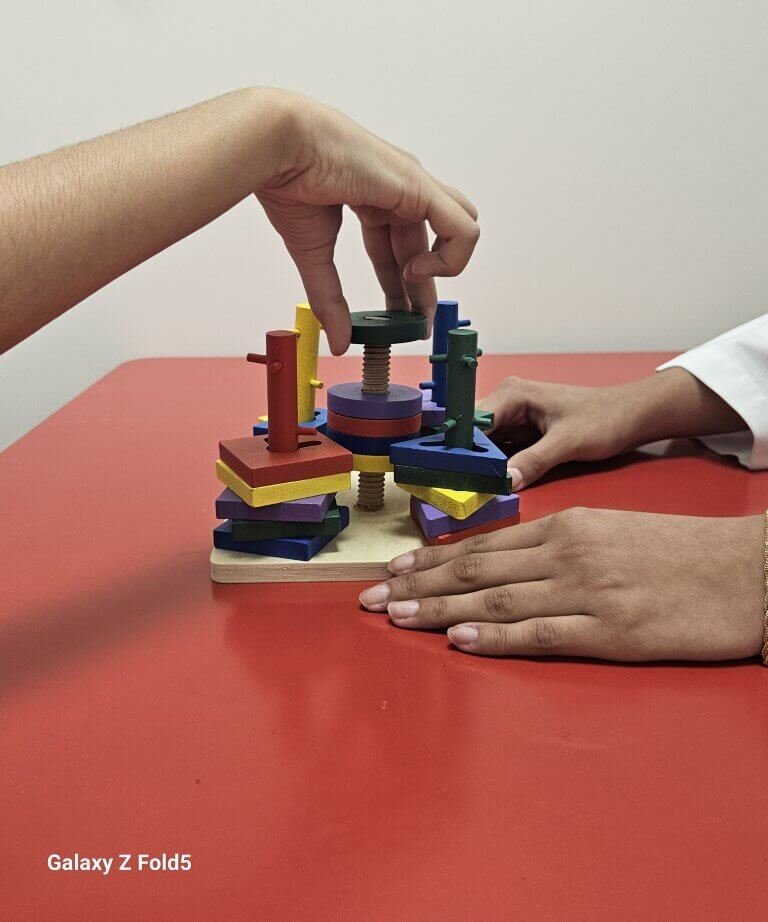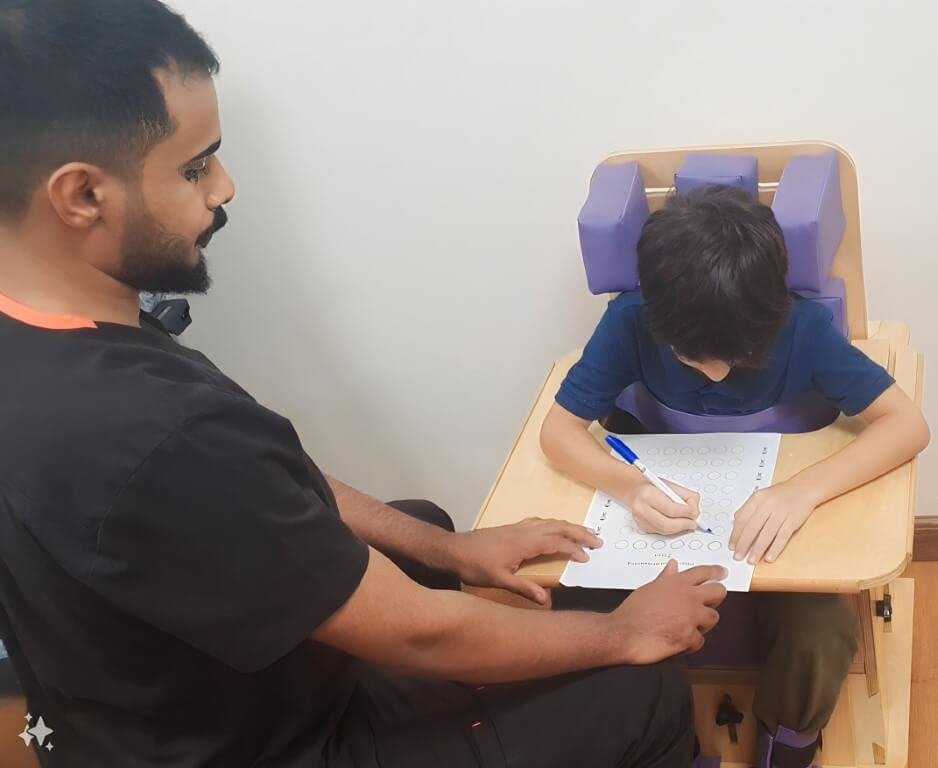Diagnosis and signs of attention deficit hyperactivity disorder
Not all signs need to be present to diagnose ADHD. For diagnosis, 6 or more signs of inattention, hyperactivity, and impulsivity must be present at all times (or 6 from each group to diagnose combined ADHD). The signs must be present in two or more settings (eg, at home and at school) and must interfere with social or academic functioning.
1. Signs of inattention:
- The child's inability to pay attention to details.
- Having difficulty concentrating at work or play on an ongoing basis.
- The child does not seem to listen to the person speaking directly to him.
- The child often does not follow instructions and fails to complete assigned tasks.
- The child often finds it difficult to organize his tasks and activities.
- The child often avoids, dislikes, or is reluctant to engage in tasks that require sustained mental effort.
- The child often loses his things.
- The child is easily distracted by external distractions.
- The child is often forgetful.
2. Signs of hyperactivity and impulsivity:
- The child often swings or jerks his or her arms or legs.
- The child often leaves his seat in the classroom or other places.
- The child frequently runs or climbs excessively.
- The child has difficulty playing or participating quietly in recreational activities.
- The child often moves or acts as if he or she is “on autopilot.”
- The child often talks excessively.
- The child often starts answering before the question is finished.
- The child often has difficulty standing in line.
- The child often interrupts or intrudes on others.
